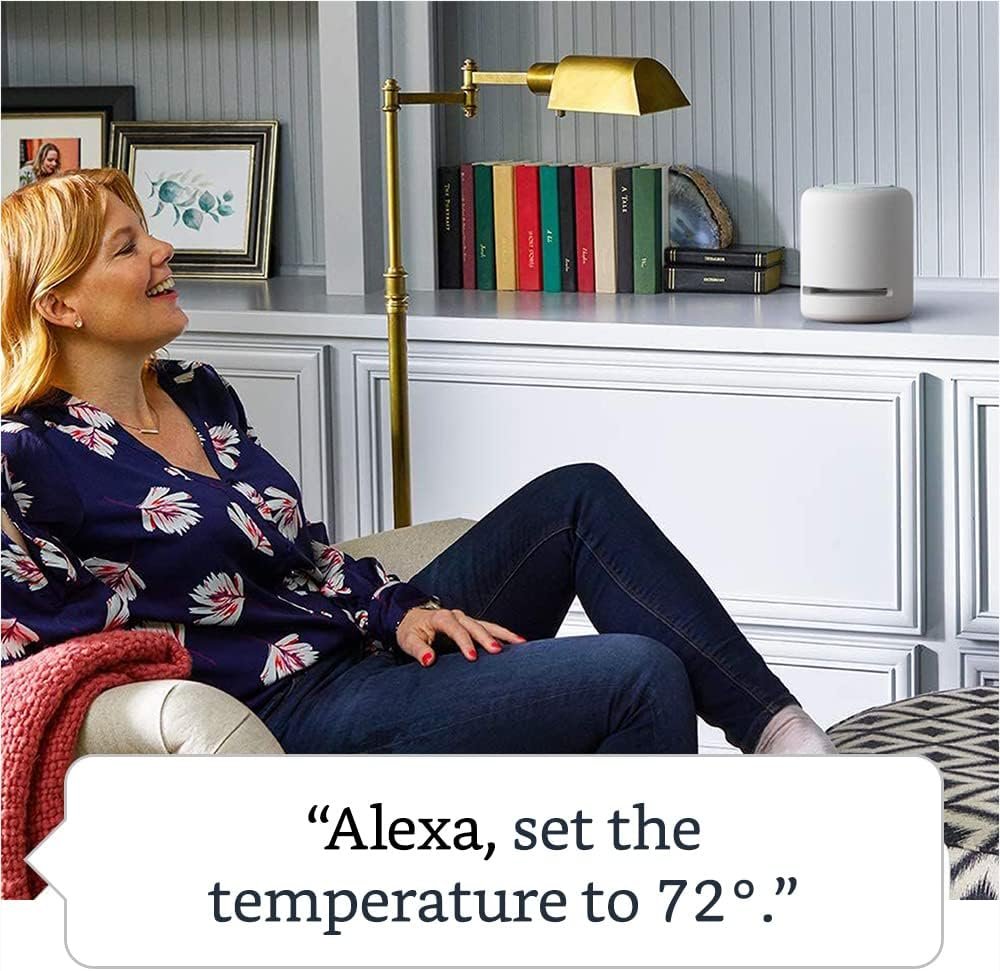Have you ever wondered what exactly sets green buildings apart from smart buildings, or if the two concepts overlap? You might have seen these terms popping up more frequently as sustainability and technology become increasingly interwoven into our everyday structures. Let’s embark on a friendly journey to uncover the core differences and unique features of green and smart buildings, breaking down these advanced building concepts into digestible pieces.

Understanding Green Buildings
Green buildings prioritize environmental responsibility and resource efficiency throughout their life cycle, from site selection to design, construction, operation, maintenance, renovation, and demolition. The goal is to reduce the overall impact of the built environment on human health and the natural environment by efficiently using energy, water, and other resources, protecting occupant health and increasing productivity, and reducing waste, pollution, and environmental degradation.
Key Principles of Green Building
Green building is centered around a few main principles that structure its approach. These principles are integral to every stage of a green building project and highlight the importance of sustainability.
Sustainable Site Selection and Planning: This involves choosing a site that minimizes environmental impact and considering the building’s orientation, shape, and organization.
Water Efficiency: Green buildings utilize water conservation technologies, such as low-flow fixtures and rainwater harvesting systems, to reduce water usage and waste.
Energy Efficiency: These structures often use renewable energy sources, like solar or wind energy, as well as high-efficiency lighting and appliances to minimize energy consumption.
Materials and Resources: Emphasis is placed on using renewable, reused, or recycled materials and locally-sourced products to reduce the carbon footprint caused by transportation.
Indoor Environmental Quality: This includes improving air quality, using non-toxic materials, and ensuring proper ventilation to provide a healthier environment for occupants.
Benefits of Green Buildings
Green buildings offer substantial benefits both for the environment and for their occupants, often resulting in significant economic savings and health improvements. The following are some key advantages:
Reduced Operating Costs: The energy and water efficiencies attained by green buildings often translate into lower utility bills for owners and occupants.
Improved Health and Comfort: By providing a high-quality indoor environment, these buildings can improve the comfort and health of the occupants through better air quality and natural lighting.
Environmental Protection: Green buildings contribute to the planet’s wellbeing by reducing pollution, waste, and negative impacts on ecosystems.
Increased Property Value: The reduced operating costs and enhanced desirability can lead to higher market values and rent prices for green buildings.
Exploring Smart Buildings
While green buildings focus on sustainability, smart buildings integrate advanced technologies to enhance the functionality and efficiency of a structure. Smart buildings leverage Internet of Things (IoT) technology and data analytics to create interconnected systems that optimize performance and experiences within the building.
Features of Smart Buildings
Smart buildings are defined by their use of technology to automate various functions and improve operational efficiency. Here are some fundamental technologies typically found in smart buildings:
IoT Systems: Devices connected via IoT can monitor and control different aspects of the building environment, such as lighting, security, and climate.
Building Automation Systems (BAS): These systems automate the control of heating, ventilation, air conditioning, and lighting based on occupancy and other factors.
Energy Management: Smart buildings optimize energy consumption through smart meters, sensors, and automated energy systems, adjusting usage based on real-time data.
Security Systems: Advanced surveillance, access control, and alerting systems enhance the safety and security of smart buildings.
Data Analytics: The vast amount of data captured by IoT devices can be analyzed to provide insights on building performance and user behavior, aiding in continuous optimization.
Benefits of Smart Buildings
The technological advancements in smart buildings translate into numerous operational and experiential benefits:
Enhanced Operational Efficiency: Automation leads to efficient management of building resources, reducing wastage and downtime.
Improved Occupant Experiences: Personalized settings for lighting, temperature, and other building systems enhance comfort and satisfaction for occupants.
Cost Savings: Efficient resource management and predictive maintenance reduce operational and maintenance costs.
Scalability: Smart buildings can adapt to changing technologies and scale their systems accordingly to meet future needs.

Comparing Green Buildings and Smart Buildings
Now that we’ve explored both green and smart buildings independently, let’s compare and contrast the two to really understand where they align or diverge. Here’s a breakdown in table form for a clearer comparison:
| Aspect | Green Buildings | Smart Buildings |
|---|---|---|
| Primary Focus | Sustainability and environmental impact reduction | Technological integration and operational efficiency |
| Key Technologies | Renewable energy systems, water conservation technologies | IoT, BAS, smart meters, data analytics |
| Main Benefits | Reduced environmental footprint, improved health, lower utility costs | Enhanced efficiency, occupant comfort, predictive maintenance |
| Approach | Resource-efficient design and sustainable materials | Integration of technology and data-driven optimization |
| End Goal | Environmental sustainability | Enhanced building performance and user experience |
Integration: The Rise of Green Smart Buildings
Interestingly, the realms of green and smart building innovations are not mutually exclusive. In fact, there’s an emerging trend where these two concepts converge to create green smart buildings. These structures aim to incorporate the sustainable practices of green buildings along with the technological advancements of smart buildings, resulting in buildings that are not only environmentally friendly but also highly efficient and user-centric.
Characteristics of Green Smart Buildings
A green smart building merges the principles of sustainability with cutting-edge technology. Here’s how they amalgamate these elements:
Integration of Renewable Energy with IoT: Utilizes technologies to not only harness renewable energy but also optimize its usage through smart grids and real-time energy monitoring.
Advanced Resource Management: Incorporates water recycling and waste management technologies controlled by automated systems for maximum efficiency.
Health and Comfort Enhancements: Leverages sensors to maintain optimal indoor environmental quality, ensuring healthier and more comfortable spaces.
Data-Driven Decision Making: Uses analytics to provide insights into both energy performance and environmental impact, guiding both sustainable practices and operational adjustments.
Advantages of Green Smart Buildings
By merging the best of both worlds, green smart buildings offer comprehensive benefits:
Combined Savings: Both utility and operational costs are reduced through efficient resource management and advanced automation.
Environmental and Technological Synergy: They provide the benefit of a minimal environmental footprint while offering advanced technological features.
Future-Proofing: Green smart buildings are prepared for technological advancements and can adapt to new innovations with minimal disruption.

Conclusion
As both environmental concerns and technological advancements gain momentum, understanding the distinctions between green and smart buildings offers a pathway to constructing structures that are equipped for the future. Green buildings emphasize sustainability and environmental friendliness, while smart buildings capitalize on connectivity and efficiency enhancements. The amalgamation of the two, evident in green smart buildings, captures the essence of 21st-century innovation in architecture and infrastructure.
So, which approach do you find more intriguing, or could the blend of both offer the ultimate achievement? I hope this exploration has demystified these terms and perhaps inspired you to look at the buildings around you through a new lens. Here’s to a future where innovation meets sustainability, tangibly enriching our everyday living environments!



